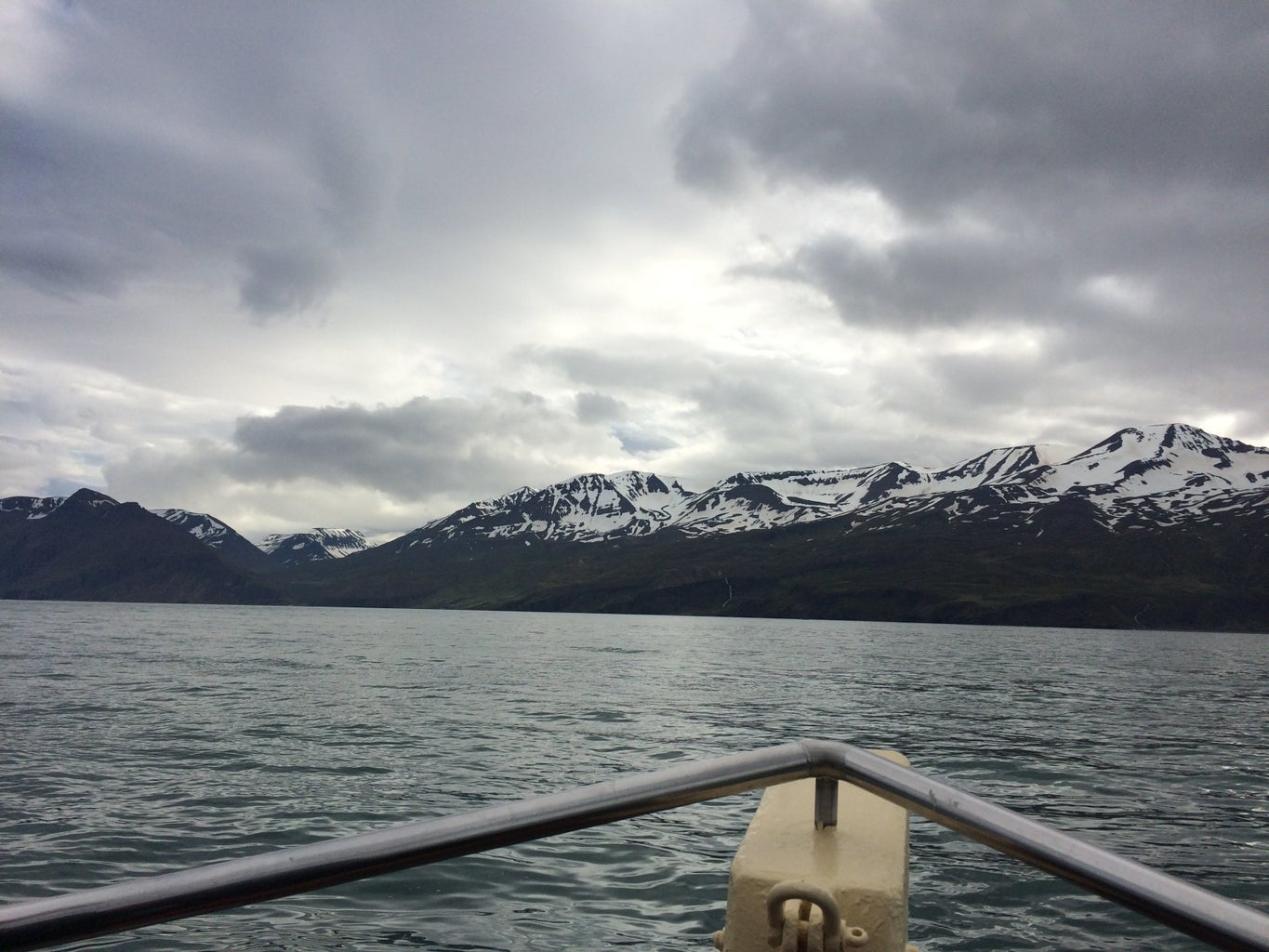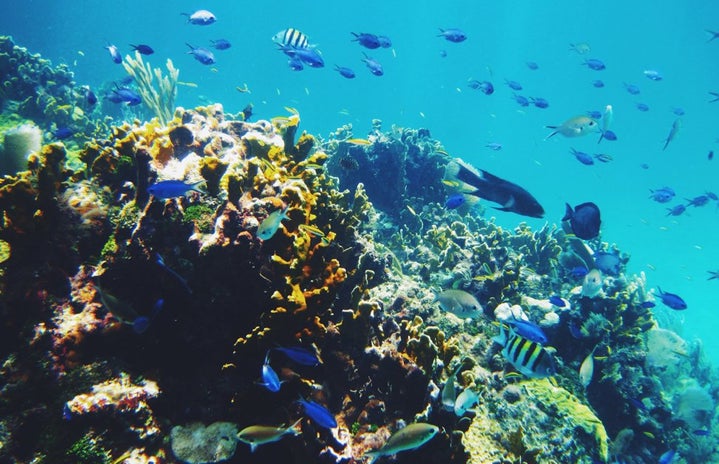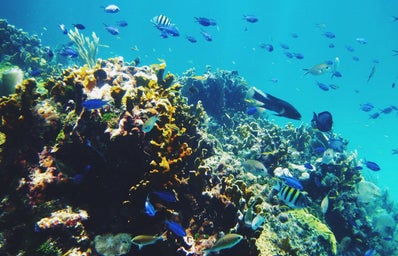Social media can’t get enough of the expository documentary Seaspiracy, directed by Ali Tabrizi, that highlights the dangers and destruction of the commercial fishing industry. What started as a project to expose abuses to dolphins and whales developed into a much larger picture of the environmental destruction happening to our oceans. While the film certainly does a good job of calling attention to an overlooked aspect of climate change, the documentary itself has many issues with the ways in which it presents these controversies.
Tabrizi brings attention to important issues related to commercial fishing. Initially, Tabrizi set out to expose the whaling and fishing industries in Japan, specifically at the port city of Taiji. While filming boats who were capturing dolphins for marine parks, Tabrizi witnessed fishermen intentionally killing dolphins. He came to the conclusion that fishermen were culling dolphins to essentially cut out a fellow competitor as a result of depleted fish stocks from overfishing. While this conspiracy is yet to be proven, it would be a major scandal if proven true.
Tabrizi also does a good job of conveying complicated yet essential information. For example, he explains how marine life helps capture carbon from the atmosphere, either through marine plants or through mixing waters from natural movements and patterns. He later uses animated diagrams to illustrate the way that toxic chemicals get more concentrated as you move up the food chain, making bigger fish like tuna more toxic to us.
Additionally, Tabrizi points to bigger problems than plastic straws. While many environmental movements have called for the reduction of single-use plastic, Tabrizi argues that, in the case of the ocean, plastic fishing nets and gear are a much more serious source of plastic pollution. This assertion may be true in some cases, but touristy or impoverished coastal cities may still suffer from single-use plastic pollution in their area.

Part of this failure could be due to the fact that Tabrizi did not include a lot of non-white sources in his interviews or research. Twitter user @TaoTaoTasi, who says in his bio that he is a campaign manager for Blue Nature Alliance, complained that “So far, the Asians are villains, the browns are victims, and all the people who get speaking roles are white.” In fact, out of 23 featured interviews, only six were with non-white sources, and two of them were slaves from Thailand. After filming in both East Asia and Africa, you would think that he would turn to scholars familiar with the nuances and cultures of those specific regions.
Another issue with Tabrizi’s documentary style is the way that he centered the story around himself and his journey in understanding environmental justice. He begins the film by discussing how he came to care about the oceans. While this would ordinarily be a nice touch, Tabrizi constantly returned to this storyline as if his own personal struggle to save the oceans was the most important part of this film. His behavior is reinforced by long shots of him driving, walking, or crying in an attempt to fill up space and time rather than delving deeper into the grave issues he brings up. Moreover, he tended to stress his own safety concerns for filming without permits over the safety of fishing industry workers who were enslaved and sometimes murdered. In a scenario like this one, it would have been more responsible and respectful to remove himself from the narrative.

Seaspiracy, overall, is not the revolutionary environmental film that people claim it is. Ali Tabrizi calls attention to the horrors of an overlooked industry in environmental movements, but that’s about it. He does not explain how complicated this industry is in terms of economics, the environment, and human rights. Tabrizi also completely fails when it comes to environmental justice and in fact perpetuates the harmful stereotypes that have inhibited environmental efforts. He paints East Asian fishing companies as evil, not only supporting an incredibly damaging stereotype against Asians, but also ignores the deeply rooted cultural aspects of fishing. He touches on culture when it comes to East Africans who have been outcompeted by big fishing companies, but instead of addressing this nuance to the fishing issue, Tabrizi simply paints the East Africans as poor and hungry, again perpetuating harmful stereotypes.
The takeaway from all of this? Don’t watch Seaspiracy. This film is harmful and not helpful to environmental movements. Educate yourself on environmental issues, cut back on meat and fish if you can, and uplift marginalized voices.



